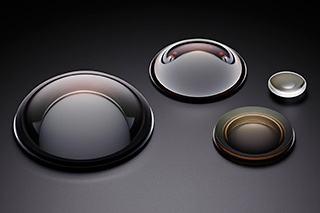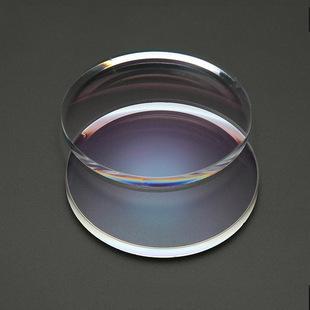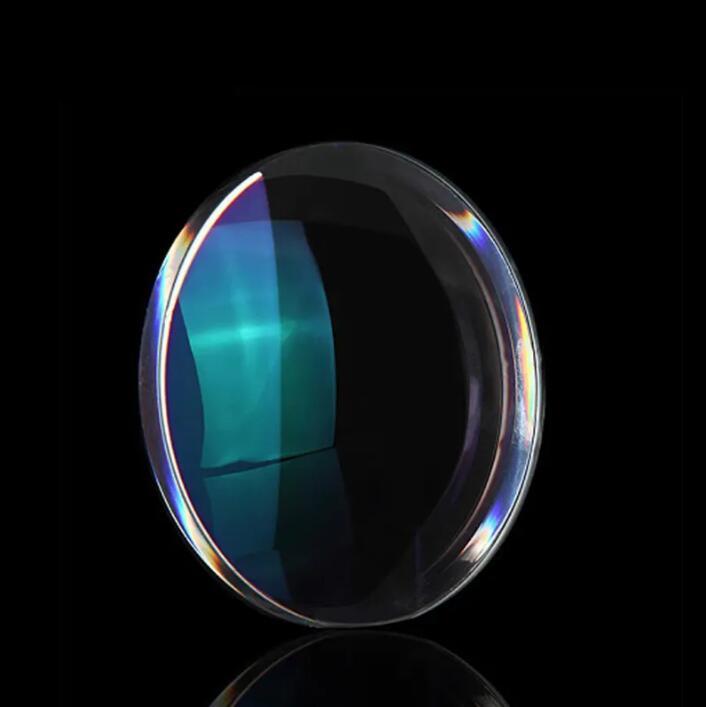Aspheric lenses have more complex surface geometries because they do not follow part of a sphere. Aspheric lenses are rotationally symmetric and have one or more aspheric surfaces that differ in shape from a sphere.
The main advantage of such lenses is that they significantly reduce spherical aberration. Spherical aberration occurs when a lens cannot focus all incoming light on the exact same point. Due to the nature of the aspheric irregular surface shape, it allows many wavelengths of light to be manipulated simultaneously, allowing all light to be focused on the same focal point, resulting in sharper images.

All aspheric lenses, whether convex or concave, cannot be defined by a single radius of curvature, in which case their shape is defined by the Sag equation, which is variable, and "k" defines the overall shape of the aspheric surface .

While aspheric lenses offer some advantages over standard lenses, their unique configuration makes them more difficult to manufacture, so optical designers must weigh performance benefits against higher cost. Modern optical systems that use aspheric elements in their designs can reduce the number of lenses required, allowing the creation of lighter, more compact systems, while still maintaining and often exceeding the performance of systems using only spherical elements. Although more expensive than conventional lenses, aspheric lenses can be an attractive alternative and a powerful option for high-performance optics.
Aspheric surfaces can be fabricated using a variety of methods. The basic aspheric surface is manufactured by injection molding technology, which can realize various types of aspheric surfaces, mainly for light concentrating applications (lightning field). More precise and complex aspheres require separate CNC generation and polishing.

Aspherical elements, including semi-optical and optical glass, and even plastic materials such as polycarbonate, polyurethane or silicone.
Post time: Oct-12-2022
